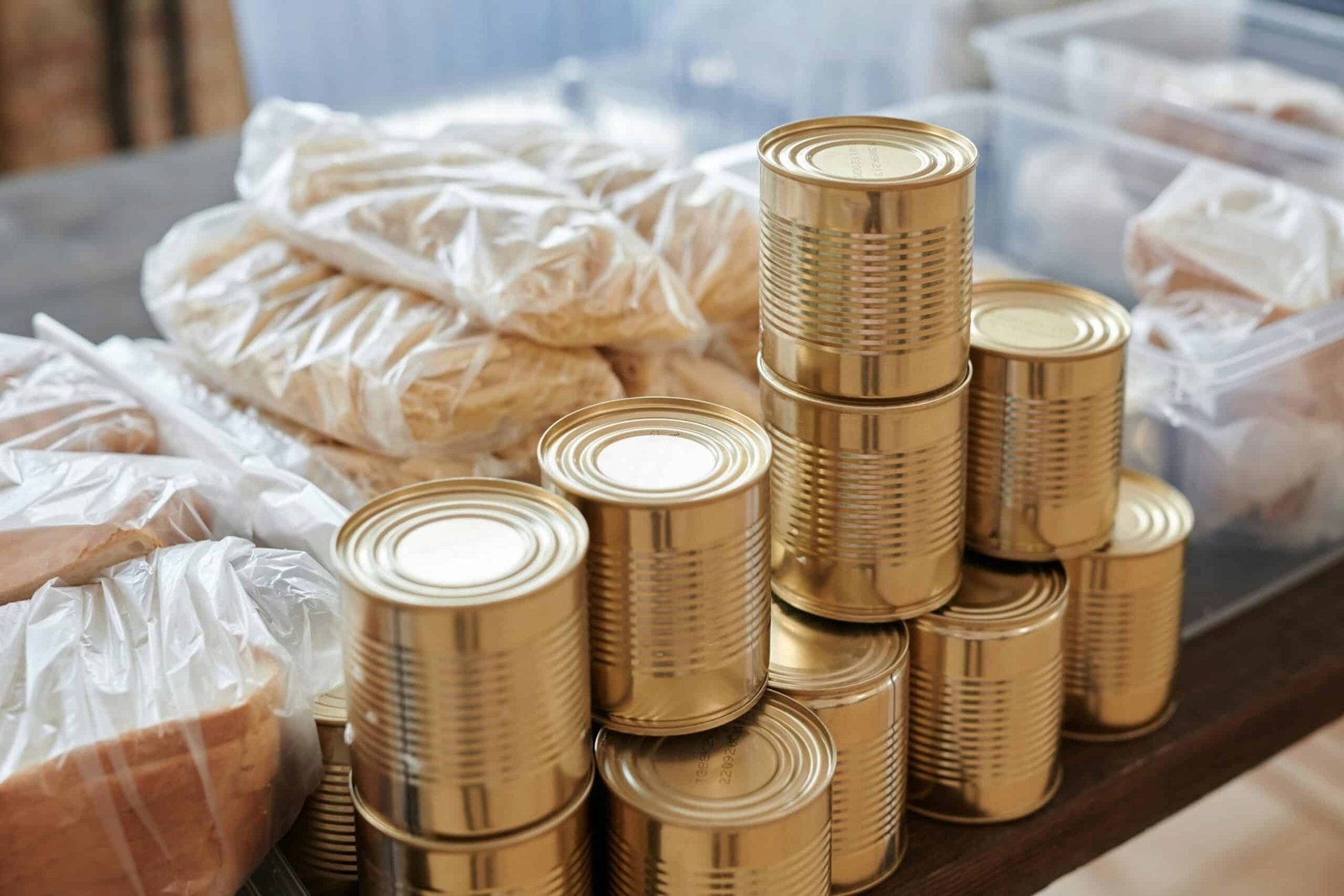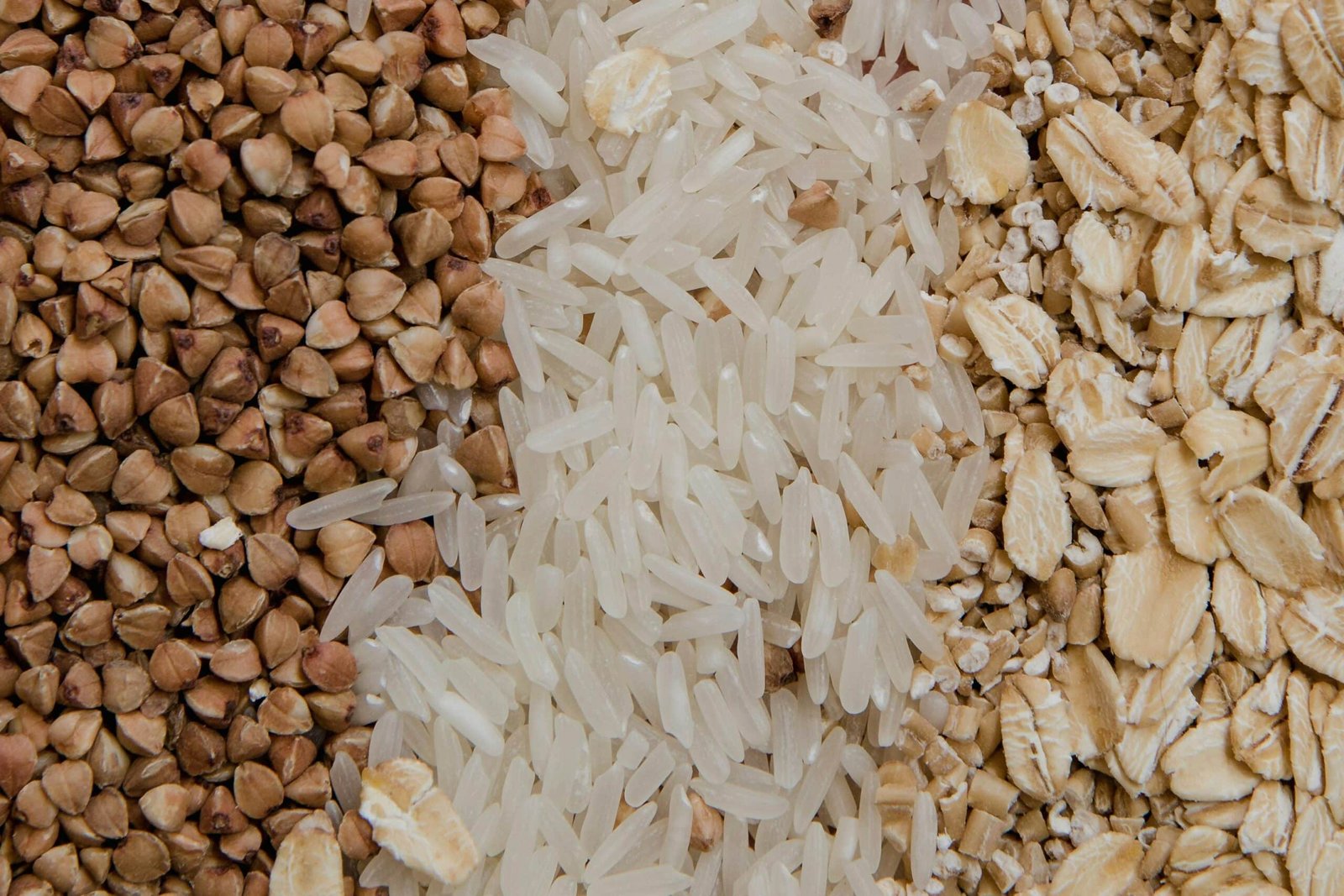With food prices climbing, finding affordable staples that last becomes essential. A well-stocked pantry filled with inexpensive, long-lasting foods isn’t just about saving money—it also provides security and peace of mind. By focusing on staple grains, dried legumes, canned goods, and smart storage practices, anyone can build a food supply that stretches every dollar while ensuring dependable nutrition.
Staple Grains and Cereals
Grains are among the cheapest foods with the longest shelf lives. They form the backbone of most resilient pantries because they are filling, versatile, and calorie-dense.
- Rice: A five-pound bag offers about 115 servings and nearly 8,000 calories. When stored in airtight containers in a cool, dry place, white rice can last up to 30 years.
- Oats: A two-pound bag of rolled oats yields about 30 servings. Properly stored in airtight containers, oats can stay fresh for many years.
- Pasta: Families typically use 20–50 pounds per year. When rotated and stored in sealed packaging, pasta lasts 2–3 years.
- Cereal: While shorter-lived than rice or oats, cereals are convenient for quick meals and snacks. Storing in sealed containers helps maintain freshness.
Storage tips:
- Keep rice cool and dry.
- Store oats in airtight containers with oxygen absorbers.
- Label pasta with purchase dates to rotate properly.
- Inspect cereals periodically to avoid spoilage.
Dried Legumes
Beans and lentils provide affordable nutrition while storing well for years. They are rich in protein, fiber, and essential minerals, making them a smart addition to any pantry.
- A two-pound bag of black beans yields about 26 servings and more than 2,500 calories.
- Lentils cook faster than beans and can remain viable for up to 10 years when stored correctly.
Storage tip: Use airtight containers with oxygen absorbers to prevent spoilage and maintain quality.
Canned and Preserved Foods

Canned goods combine long shelf life with variety. They are excellent for providing proteins, vegetables, and ready-to-use meals.
- Canned tomatoes: Affordable and versatile for soups, sauces, and stews.
- Canned tuna: A reliable source of protein with good storage life.
- Canned beans: Pre-cooked and convenient for quick meals.
- Soups and stews: Ready-to-eat options that are ideal for emergencies.
Pro tip: Practice a first-in, first-out rotation system to ensure older cans are used before newer ones.
Smart Storage Practices
Even the cheapest, longest-lasting foods need proper storage to remain fresh and safe.
- Store in airtight containers to block pests and moisture.
- Keep foods in a cool, dark place, ideally between 55–70°F.
- Add oxygen absorbers to extend the shelf life of dry staples.
- Label containers with purchase dates for easy rotation.
- Check periodically for damage or spoilage.
A Reliable Backup Option
In addition to pantry staples, some households choose to add ready-made emergency food kits. These kits are designed for long-term storage—often up to 25 years—and come packaged in durable, stackable containers.
Brands such as My Patriot Supply offer options that provide thousands of calories per day, along with variety and convenience. While not a replacement for bulk staples like rice or beans, these kits serve as a practical backup layer when quick access or extra assurance is needed.
Final Takeaway
The cheapest foods that last the longest—such as rice, oats, beans, pasta, and canned goods—form the foundation of a resilient, budget-friendly pantry. When paired with proper storage techniques and supplemented with long-term emergency food kits, these staples ensure reliable nutrition while protecting against rising food costs. Building such a pantry is less about stockpiling and more about smart planning, helping households stretch resources and feel prepared for the future.
FAQs
Q: What is the cheapest food with the longest shelf life?
A: White rice is one of the most cost-effective long-lasting foods, able to last up to 30 years when stored properly.
Q: Which foods are best to buy in bulk?
A: Rice, beans, oats, pasta, and lentils are affordable, nutritious, and store well for years.
Q: How can $100 be stretched for a month of groceries?
A: Build meals around rice, beans, oats, pasta, and canned goods, then supplement with seasonal produce and bulk buys.
Q: Which nonperishable foods provide the best nutrition?
A: Lentils and beans offer high protein, fiber, and essential minerals at very low cost.
Q: What’s the best way to store foods for maximum longevity?
A: Use airtight containers, store in cool, dark areas, add oxygen absorbers, and rotate stock regularly.
Q: Are emergency food kits worth adding?
A: Yes, they provide a convenient, long-lasting backup option, ensuring food security during shortages or emergencies.

